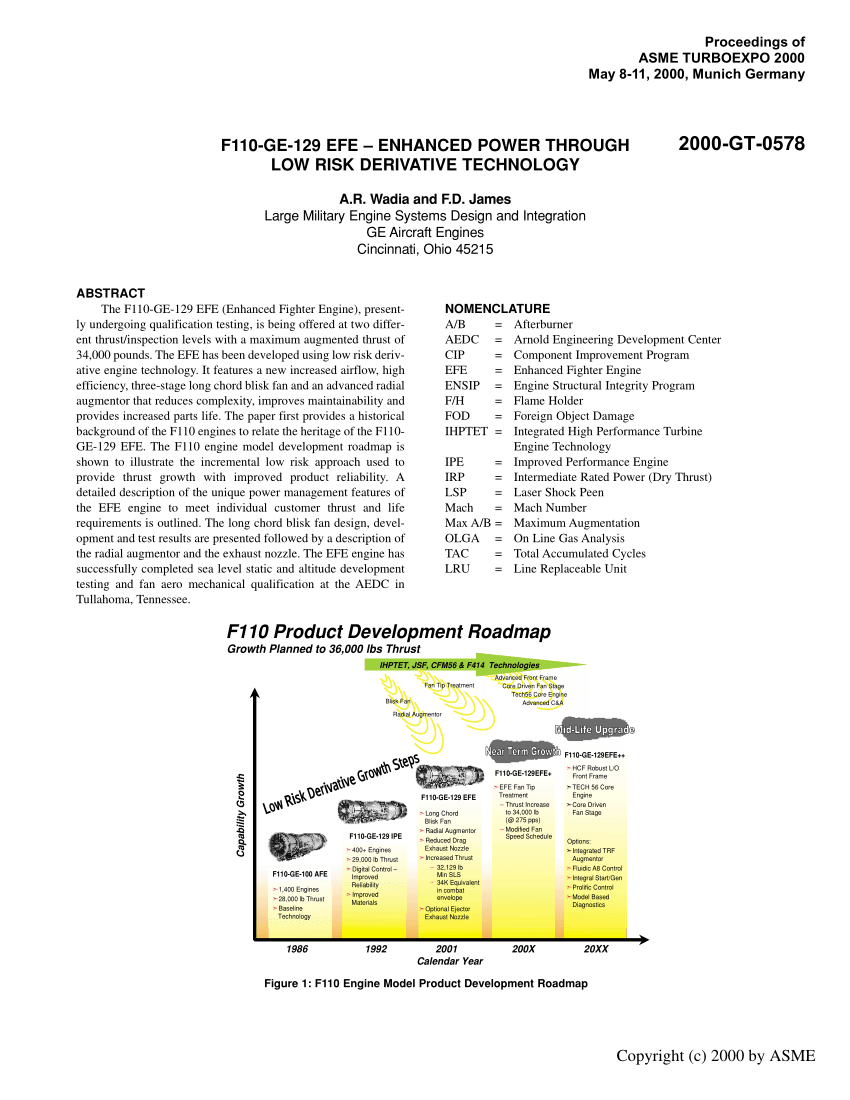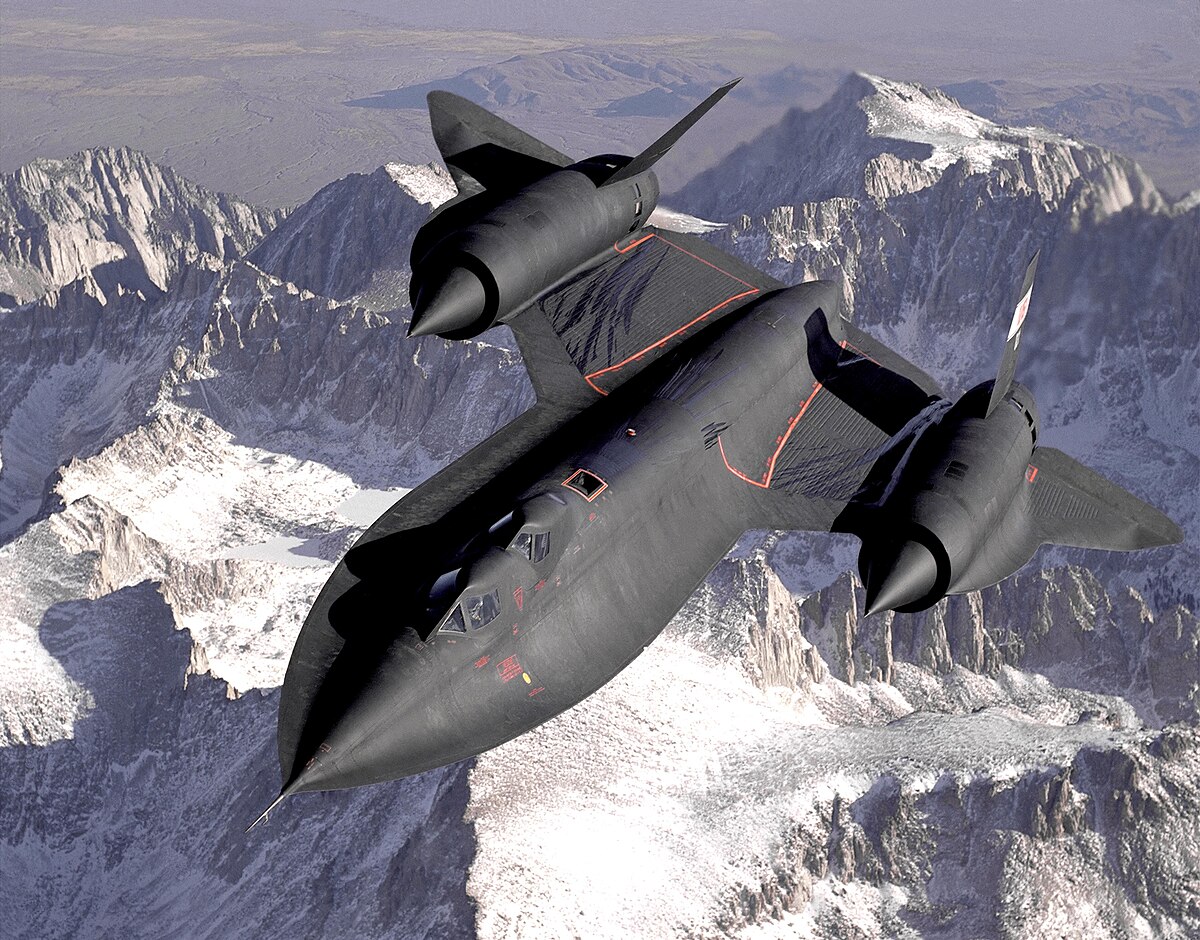This may sound like a stupid question, but surely the angle of the blades are locked in place and aren't meant to be rotated to on and off.
e.g. a jets or helicopters system will adjust the blades according to weather condition to attain maximum efficiency before take off.
No (many parts inside are indeed adjustable/variable during operation), let me tell you why, hopefully without confusing.
I might as well input the time now to save time later (as I figure lot of people in this forum are interested in this subject and can have a future reference to use).
First a basic overall illustration of the system to make reference easy:
Some more terminology for the innards:
Guide/Vane: Louvres/blades that control/regulate introduction of fluid (do not rotate) at each major "handoff" (intake to compression, compression to combustion, combustion to extraction, extraction to exhaust), plays no direct part in compression or extraction
Stator: Blades that are fixed (do not rotate), they are joined to the casing, sometimes vane and stator are used interchangeably since they are fairly similar in most respects being non-rotatable... (bad/lazy/non-precise habit/convention but it is what it is)
Rotor: Blades that rotate, they are joined to the spool/shaft that transmits torque
You find all 3 of these in both cold and hot section.
Rotors and stators in cold section work to compress the working fluid (air)
Rotors and stators in hot section extract energy from the working fluid (combusted air) to provide work/torque to cold section by way of a spool/shaft
Example (wiki) animation of rotors (moving) and stators (stationary) in the cold section:
Basic way this is done (I am skipping lot of details just to give overall idea):
Compressor basic process (Input Energy ---> Compress air):
A) Take torque given by turbine through spool and transmit to its rotors.
B) Rotor ---> stator (impart rotation to flow and then squish it against stator) and then repeat to get more compression (i.e more rotor and stator sequencing)
Combustor basic process:
(my current main work area for last few years)
A) Mix fuel with this compressed air
B) Make it go boom (create extremely angry energetic air)
Turbine basic process (Air expanding ---> Extract energy):
(essentially reverse of compressor)
A) Stator ---> rotor (direct the angry energetic air to do work on a rotor)..and repeat to get more extraction (i.e more stator and rotor sequencing)
B) Provide torque to spool (Connect to step A of compressor)
Certain thermodynamic limits + materials limit extent all of this in today's jet engines:
Thermodynamic efficiency about 50% - 60% currently (chemical bond energy --> mechanical energy)
Propulsive efficiency about 70%+ (mechanical energy --->propulsive energy)
Total combined efficiency at about 40%+ (i.e chemical bond energy of fuel+oxygen converted to useful work i.e thrust)
Industrial Gas turbines can achieve much more than 40% (i.e 60% or higher) given propulsive energy efficiency not a factor (mechanical energy output is just used as is).
=======================================
Now why and where do we make certain bits of the vanes, stators and rotors, be able to change their angle during operation?
Simply put, its because the operating conditions are not uniform during a typical session (similar reason you need gear/transmission for internal combustion engine).
It is most heavily and directly noticeable at and in the cold section/compressor.
There is a wide variety of operating conditions: inlet fluid pressure, inlet fluid speed, rpm, power/torque applied from turbine etc..
Consider the wide range of conditions the compressor sees regarding different input velocity (given the aircraft moves appreciably from rest) and different input pressures (as aircraft changes altitude) relative to those found within its operation (fluids geeks call it a control volume).
Consider the cruise thrust of engine is often just 20 - 30% of take off thrust. Most aircraft spend most time at cruise obviously, but you still need that 80% or so extra thrust for take-off and other operating realm...this gives huge torque range a compressor sees.
Consider the compressor is doing something quite unnatural in forcing fluid to move from low pressure to high pressure (by doing considerable work on it).
All these and still further considerations (which I wont go into for now) have to be taken into account simultaneously.
The unnatural direction of flow (and its different/unnatural end conditions w.r.t intake and compressor) mean if you achieve "too much compression" relative to what the ambient condition can handle and/or calls for....means you can get compressor stall (parts of compressor stop compressing as the work they do is insufficient to overcome the back pressure being generated) and even compressor surge (where the sudden drop in work from compressor means the torque from turbine dissipates by way of more rpm) and the flow basically reverses and you have very serious bad condition.
These all dictate what's known as the "surge line", a basic operating realm (w.r.t things like inlet relative velocity, pressure, torque etc) that the compressor must stay within.
You can certainly take the fact that an aircraft in typical flight spends most time at certain numbers regarding these (at cruise)...say you have typical 80% cruise time in a 100% start to end of the engine) and design fixed geometry in everything. This is exactly what the earliest jet engines did.
But to do that comes with severe losses and operating realm restriction (the earliest developers found that out quite quickly and even concurrently during research).
Thats why the first compressors used (with fixed geometry only) could only be big enough to achieve 5:1 compression ratio, go past that and you reach surge line = BAD!
Those early systems first work around was to actually bleed off air in compressor stage to prevent over-compression (and surge line approach)....but there is only so much you can do this before you hit brick wall and it gets very inefficient and even impossible....especially given the big efficiency + performance + economic driver is to get higher and higher compression ratio.
This is why the RnD quite early (in the 50s itself and arguably even before that) shifted to finding ways to actuate parts of the compressor section to make them variable (and more optimal) during operation...given the wide extent of the operation regime crucial parameters.
These include things like Variable Inlet Guide Vane (VIGV) and Variable Stators as first priority to offer the best ratios (complex math and science and engineering underlies this all) of resistance, transmittance and interaction with the incoming air.
Examples of this:
(Large industrial gas turbine VIGV):
(Same gas turbine, this time assembled and both VIGV and variable stators):
(VIGV and variable stators of much smaller T58 turboshaft, variability seen around 2.40 time mark):
Now the turbine (hot section) is the compressor in reverse essentially so it doesnt have the surge consideration that drives this fundamentally like in the compressor (i.e to have variable geometry stuff inside).
That is you can say it (turbine) doesnt see quite the same diverse range of operating inputs (relative to what it does and wants to do at any given moment) that the compressor does.
The turbine is basically a caveman you can say, its fairly happy and content, its job is simple and pretty brutal...compared to more picky debonair finicky compressor with its top hat and tux.
That's why it really was not worth it so long to move variable geometry considerations to hot section (though it has always been looked at and researched) given there are severe losses and compromises with conventional actuators doing this especially.
But now with smart materials and smart electronics and smart computing, even turbine section is now up for grabs for efficiency improvement (past being fixed to being just good at "cruise" condition) using variable geometry (VATN and variable stators and even variable rotors there too) and that is what the earlier posts are about (US army research team etc.)
Essentially VTOL turbofan and rotorcraft turboshaft especially have much more diverse profile of operation (compared to just having 80% cruise profile) and thus have massive immediate design driver for turbine RnD on top of compressor "established" RnD.
=============================================================================================
I have decided to create new thread for this post and will move some of the earlier replies from the engineering thread to give it some context.
I feel over time we can develop this thread to be a good archive for Jet Engine + Gas Turbine technology, esp to try give layman approach to those interested in the subject.
It is of course a high level research area for lot of countries, and given this is international forum, maybe this archive can be referenced and promoted over time (both within forum but also externally to gain more membership/interest here etc) to get more discussion, QnA, FAQ, analysis etc as it relates to other threads in this forum. I will do best I can with time I can spare with what people may enquire/discuss in here.
@Cabatli_53 @Webslave @T-123456
@Test7 @Kartal1 @#comcom @Combat-Master @ANGMAR @Predator @Vergennes @Sinan @500
@Saiyan0321 @Joe Shearer @VCheng @anmdt @Madokafc @Indos @Gautam @Paro @UkroTurk @xenon5434 @Bogeyman @Dante80 @Milspec @Zapper et al.











